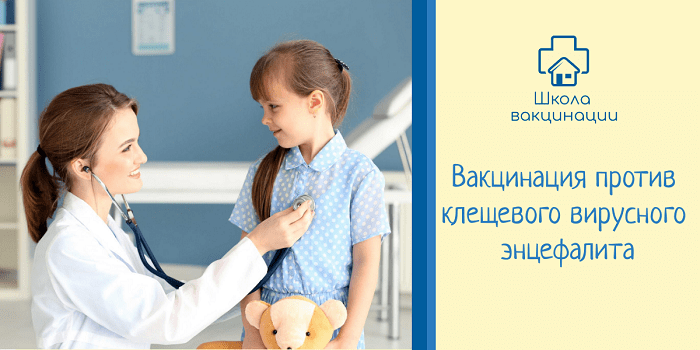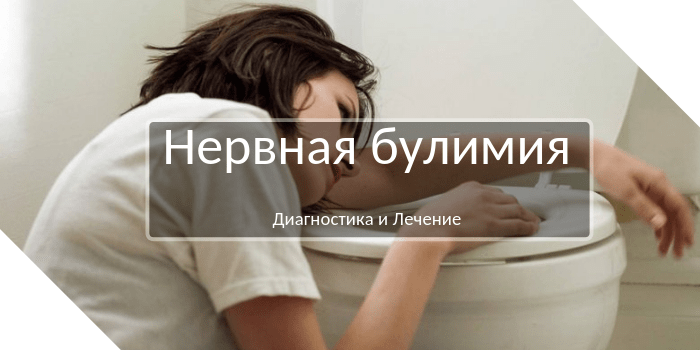Круглосуточно
бесплатно по России
+7 (965) 177 17 74
бесплатно по России

Considering that a similar picture took place in previous years, in Ukraine there was an accumulation of a layer susceptible to poliomyelitis among the child population. In addition, since April 2016, the oral (live) polio vaccine (OPV), which is used in Ukraine, since the 3rd vaccination, does not contain type 2 poliovirus (two-component OPV, which is now used worldwide, contains only polioviruses). ). type ov1 and 3). This also contributes to a decrease in both individual and population immunity to type 2 poliovirus. The result was an outbreak of poliomyelitis caused by vaccine-derived type 2 poliovirus (a vaccine-derived virus that acquired neurovirulent properties during circulation in a low immune population.). There was no adequate response to this outbreak, namely additional vaccination rounds for children under 6 years of age to stop the circulation of the vaccine-related virus. In January 2022, a new outbreak emerged.
During the fighting near Izyum in the spring of 2022, military Mikhail Yurchuk received a complex wound. As a result, the man lost an arm and a leg. First, he was fitted with a prosthetic leg, and recently at the Lviv National Rehabilitation Center "Indestructible" - a modern bionic prosthetic arm. Thanks to special sensors, it can reproduce familiar movements. Now the warrior is undergoing rehabilitation. This was reported in the First TMO Lviv.
5-ASA preparations have very weak immunosuppressive activity. There are no reports that these drugs are associated with an increased risk of infection, and studies evaluating the safety profile of 5-ASA do not show an increased risk of serious or opportunistic infections. Treatment with 5-ASA should be continued without concern for an increased risk of infection or severe COVID-19. If the patient is in contact with a patient with COVID-19 or develops COVID-19, treatment with 5-ASA should be continued.

В группе пожилых людей (старше 61 года) также были установлены гендерные особенности распределения самооценки здоровья респондентами. Так, половина опрошенных мужчин оценили собственное здоровье как «хорошо», что было в три раза больше по сравнению с женщинами (53% против 18%, р<0,01). У женщин, напротив, на 17 % была больше доля тех, кто оценил собственное здоровье как «посредственное». Почти каждая пятая женщина данного возраста считает собственное здоровье «плохим», в то время как ни один мужчина не дал такой оценки. Высокие оценки здоровья («отличное» и «очень хорошо») отсутствовали как у мужчин, так и у женщин.
Закажите обратный звонок
Задать вопрос
Быстрая запись на прием
 Пульс - медицинский центр
Пульс - медицинский центр 
